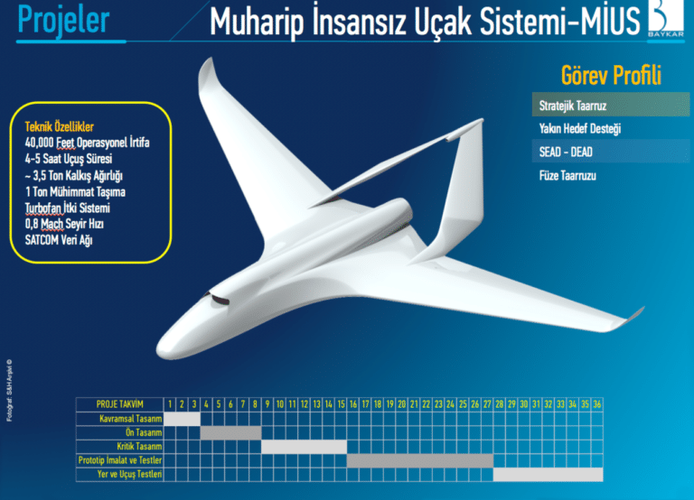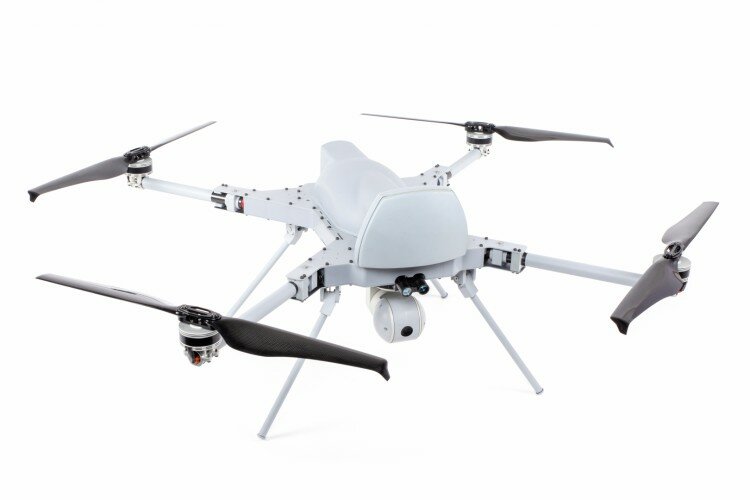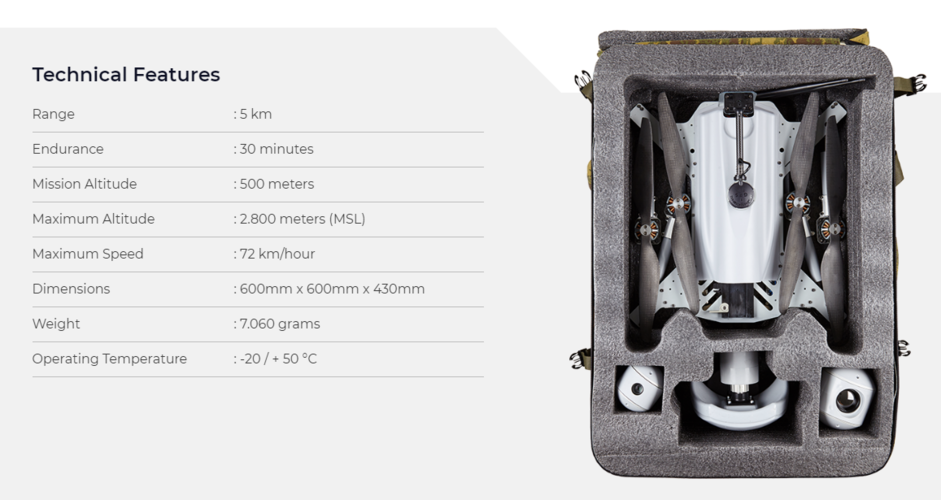63. On 27 March 2020, the Prime Minister, Faiez Serraj, announced the
commencement of Operation PEACE STORM, 46 which moved GNA-AF to the
offensive along the coastal littoral. The combination of the Gabya-class frigates and
Korkut short-range air defence systems provided a capability to place a mobile air
defence bubble around GNA-AF ground units, which took HAF air assets out of the
military equation. The enhanced operational intelligence capability included Turkish
operated signal intelligence and the intelligence, surveillance and reconnaissance
provided by Bayraktar TB-2 and probably TAI Anka S unmanned combat aerial vehicles
(see annex 27). This allowed for the development of an asymmetrical war of attrition
designed to degrade HAF ground unit capability. The GNA-AF breakout of Tripoli was
supported with Firtina T155 155mm self-propelled guns (see annex 28) and T-122
Sakarya multi-launch rocket systems (see annex 29) firing extended range precision
munitions against the mid-twentieth century main battle tanks and heavy artillery used
by HAF. Logistics convoys and retreating HAF were subsequently hunted down and
remotely engaged by the unmanned combat aerial vehicles or the lethal autonomous
weapons systems such as the STM Kargu-2 (see annex 30) and other loitering munitions.
The lethal autonomous weapons systems were programmed to attack targets without
requiring data connectivity between the operator and the munition: in effect, a true “fire,
forget and find” capability. The unmanned combat aerial vehicles and the small drone
intelligence, surveillance and reconnaissance capability of HAF were neutralized by
electronic jamming from the Koral electronic warfare system.47
64. The concentrated firepower and situational awareness that those new battlefield
technologies provided was a significant force multiplier for the ground units of
GNA-AF, which slowly degraded the HAF operational capability. The latter’s units
were neither trained nor motivated to defend against the effective use of this new
technology and usually retreated in disarray. Once in retreat, they were subject to
continual harassment from the unmanned combat aerial vehicles and lethal
autonomous weapons systems, which were proving to be a highly effective
combination in defeating the United Arab Emirates-delivered Pantsir S-1 surface-to
air missile systems. These suffered significant casualties, even when used in a passive
electro-optical role to avoid GNA-AF jamming. With the Pantsir S-1 threat negated,
HAF units had no real protection from remote air attacks.
65. The introduction by Turkey of advanced military technology into the conflict was
a decisive element in the often unseen, and certainly uneven, war of attrition that
resulted in the defeat of HAF in western Libya during 2020. Remote air technology,
combined with an effective fusion intelligence and intelligence, surveillance and
reconnaissance capability, turned the tide for GNA-AF in what had previously been a
low-intensity, low-technology conflict in which casualty avoidance and force
protection were a priority for both parties to the conflict. The deployment of Mig-29A
(see annex 31) and Sukhoi Su-24 (see annex 32) FGA aircraft in May 2020, as well as
the Pantsir S-1 surface-to-air missile systems operated by the Russian private military
companies (see para. 94 below), has led to another military stand-off between forces


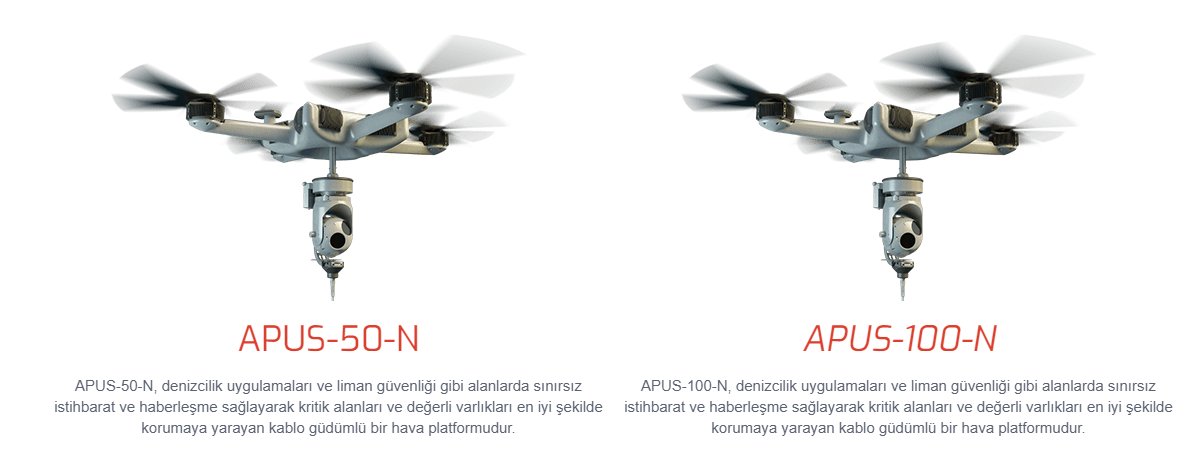
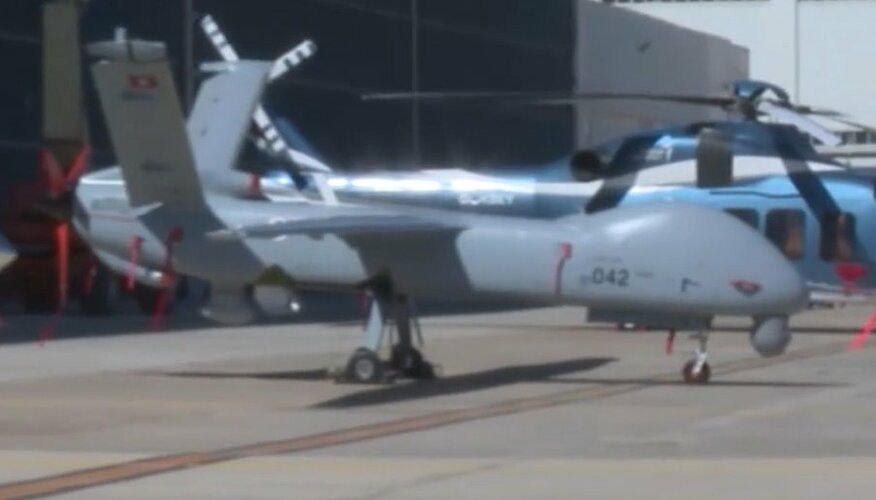
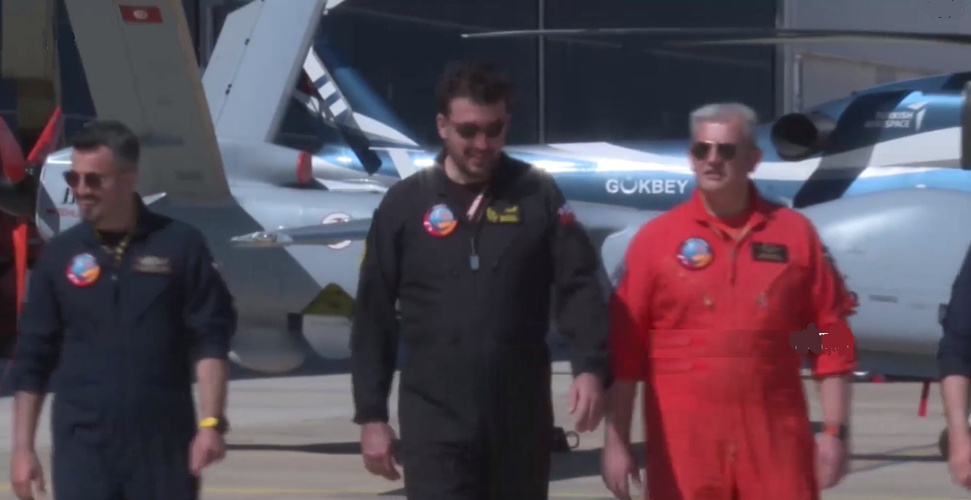

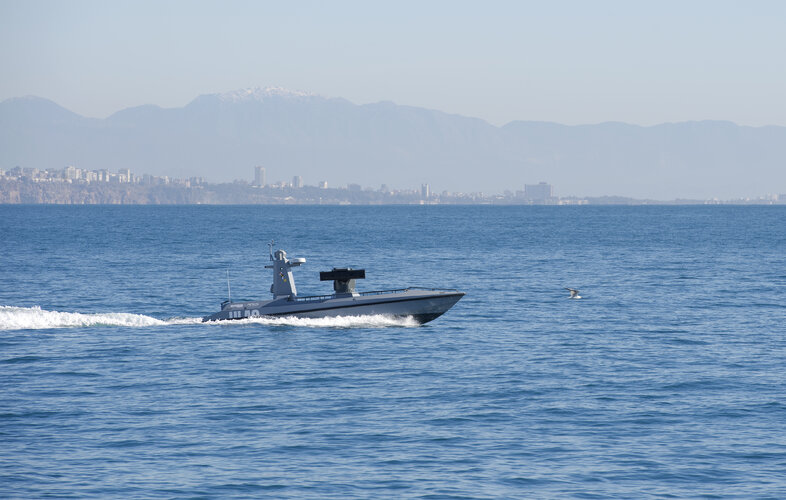
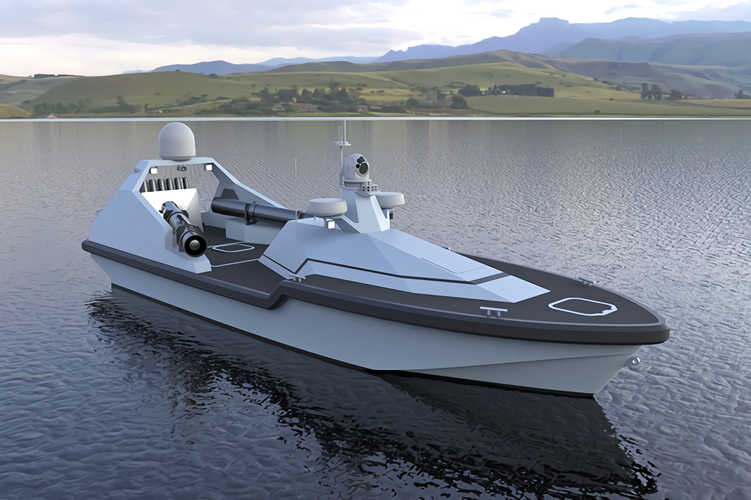





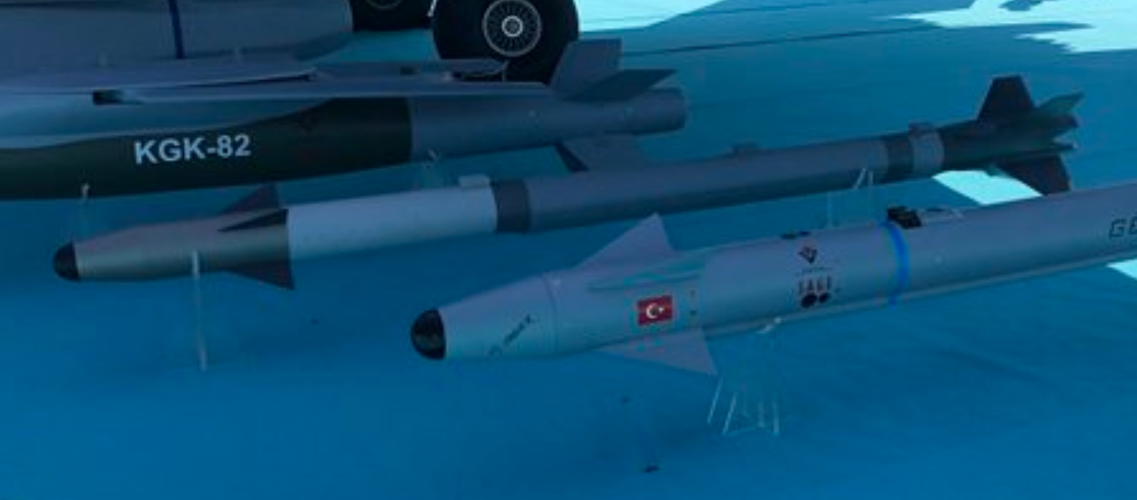
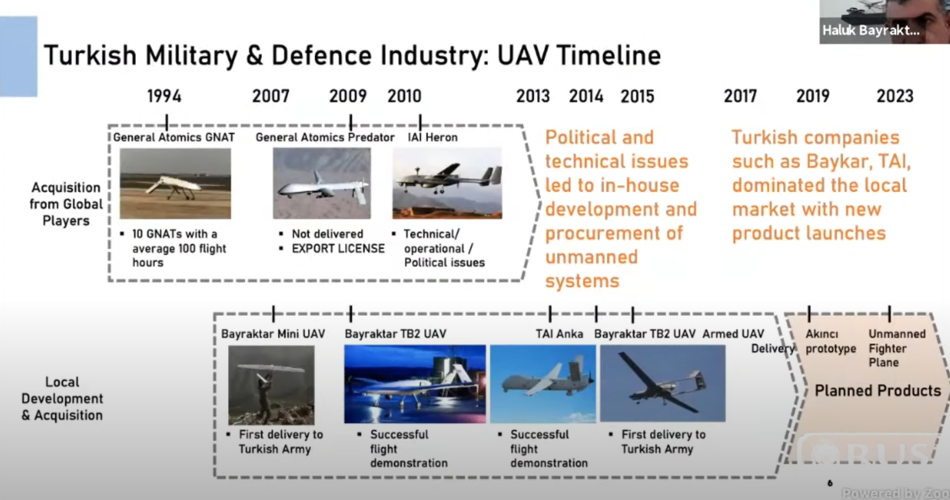
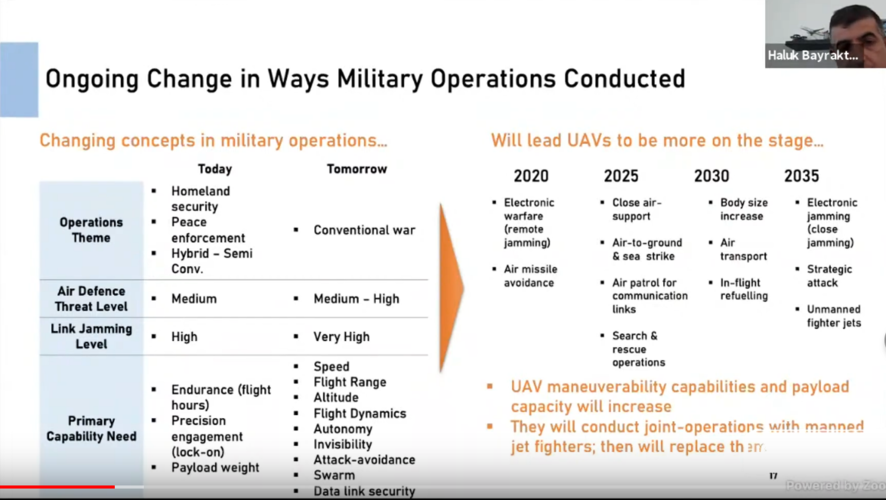
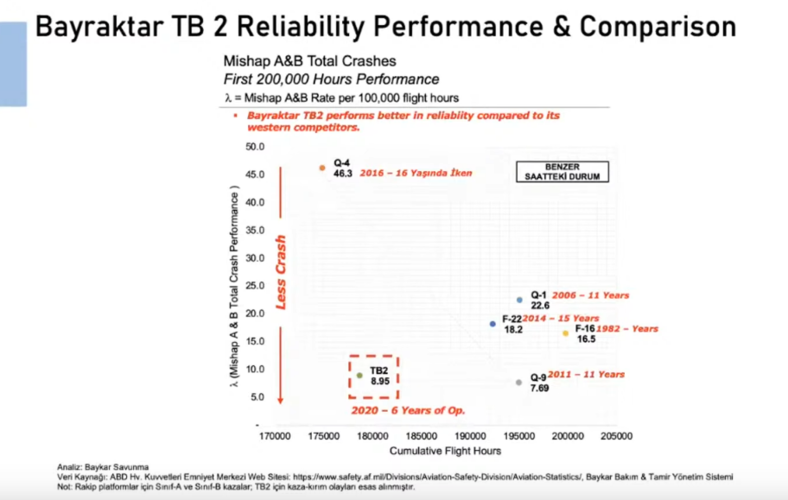
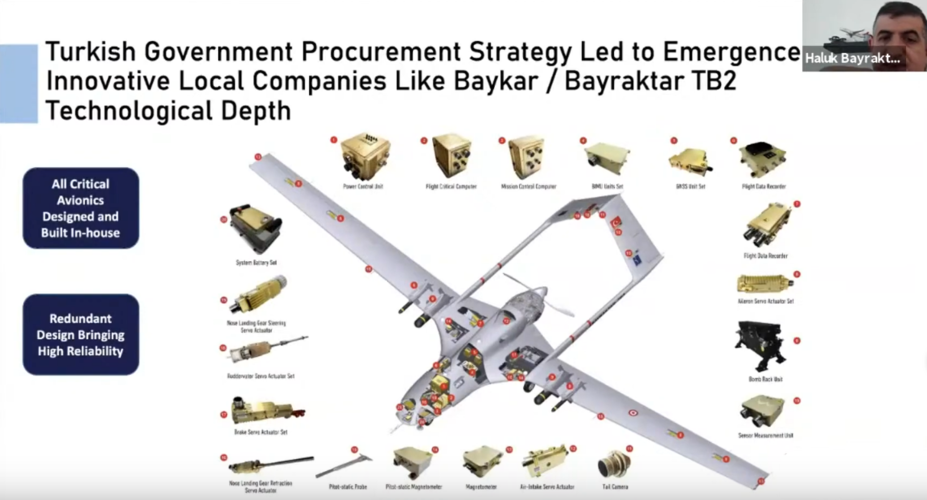
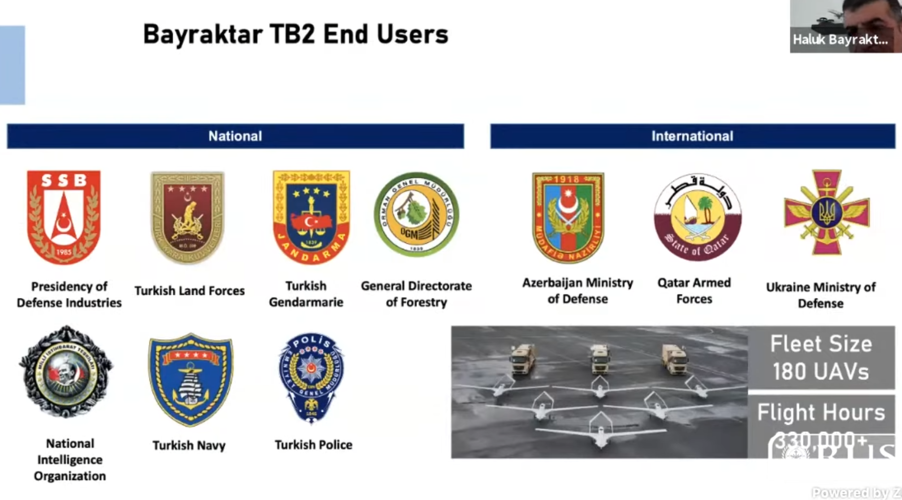
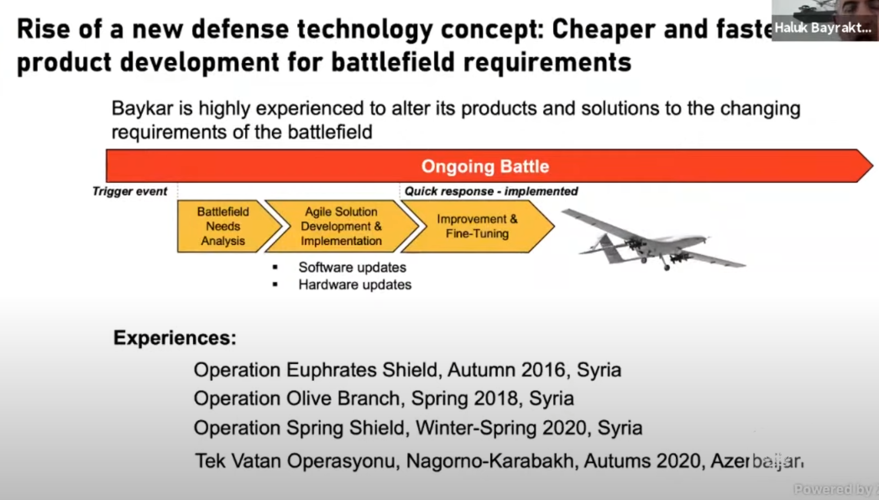


www.dailystar.co.uk

www.c4isrnet.com
